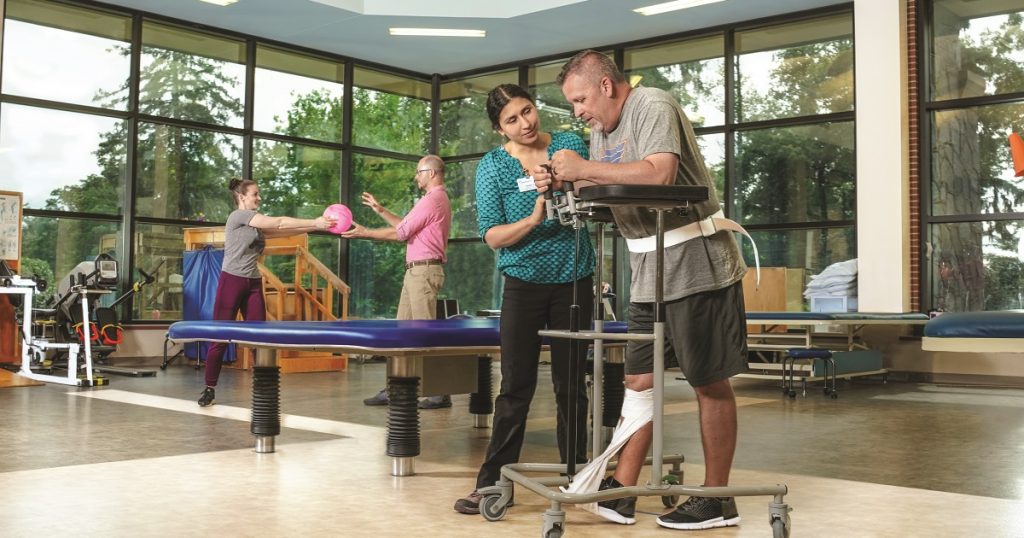Before deciding on which rehab center to choose, you need to know what the various types of rehab centers offer. Read on to learn about state-funded rehab centers, inpatient rehab centers, and medication-assisted treatment. Listed below are the main benefits of each type of treatment. These programs are usually offered in combination with other types of treatment.
Inpatient Rehab Centers
Inpatient rehab centers in Austin TX help addicts to develop new, healthy habits and activities. This approach is constructive for those struggling with alcohol or drug addiction. Addiction is often encouraged by a person’s surroundings, and inpatient rehab helps individuals establish new healthy boundaries. Group therapy sessions are also essential to rehab, as they help patients develop supportive networks and encourage continued recovery.
During an intake interview, patients and treatment staff can discuss their addiction and other factors that may be relevant to their condition. Patients are asked about their lifestyle and past substance use during the interview. They may also be asked about their stress levels and whether the use of substances has affected their daily activities.
Inpatient drug rehab centers offer a full range of treatment options. Inpatient programs usually require patients to stay at the treatment facility for the duration of treatment. Depending on the program, patients may participate in group therapy, individual therapy, or behavioral therapy. In some cases, patients may also be prescribed medication to help them avoid cravings.
Residential treatment is another option for people who need more time to recover. Residential rehab is similar to inpatient rehab, except that patients can live at home while undergoing treatment. There are hundreds of inpatient and outpatient rehab centers in NYC. Most of them are located in Manhattan, Brooklyn, and the Bronx. Only a small number of centers are located on Staten Island.
Medication-Assisted Treatment
Inpatient rehab is a treatment program that involves daily treatment at a rehab center. The advantage of this type of treatment is that the patient can still live at home and avoid temptations or bad influences while undergoing treatment.
MAT is an effective method of treatment that uses medication in conjunction with behavioral therapy to help people overcome their addictions. While other treatment methods may work for some people, MAT is best suited for a specific person. It allows for a more customized approach, which is essential if the person has previously tried traditional rehab and cannot stick to it.
During the recovery process, medication-assisted treatment helps clients focus on the inner work of recovery. It can minimize withdrawal symptoms and reduce cravings. It can also help reduce relapse rates. It is used in both inpatient and outpatient recovery programs. This method is recommended for those who struggle with addiction to alcohol and opioids and cannot quit on their own.
MAT uses approved drugs to help patients overcome addiction. It can help them cope with withdrawal symptoms, reduce cravings, and reduce relapse rates. MAT is sometimes used during court-ordered treatment for drug addicts. The cost of MAT can vary depending on the level of care and state health insurance coverage.
State-Funded Rehab Centers
State-funded rehab centers have a limited range of services. As a result, they will often have long waiting lists for patients. These waits are often several months or longer. Additionally, they will likely offer a narrow range of amenities like in-house counseling or spa treatments. On the other hand, a private rehab can offer a range of luxurious amenities, including gourmet meals, private rooms, and spa-like amenities like aromatherapy and massages.
These centers also offer free or low-cost rehab options for those with limited or no insurance. Many of these centers accept Medicaid, which makes treatment more affordable for low-income individuals. Some state-funded centers are also covered by Medicare and Medicaid, which help lower the cost of care for those with specific disabilities.
State-funded rehab centers may not be ideal for every patient, but for those who qualify, they can be an excellent option. State-funded programs generally focus on traditional evidence-based treatments, which may not meet your individual needs. In addition, they may not offer the most up-to-date trends in treatment.
The cost of state-funded rehab centers varies and can range from free to several thousand dollars, depending on the type of treatment you need. Some centers may offer case management services for patients who need financial assistance.





